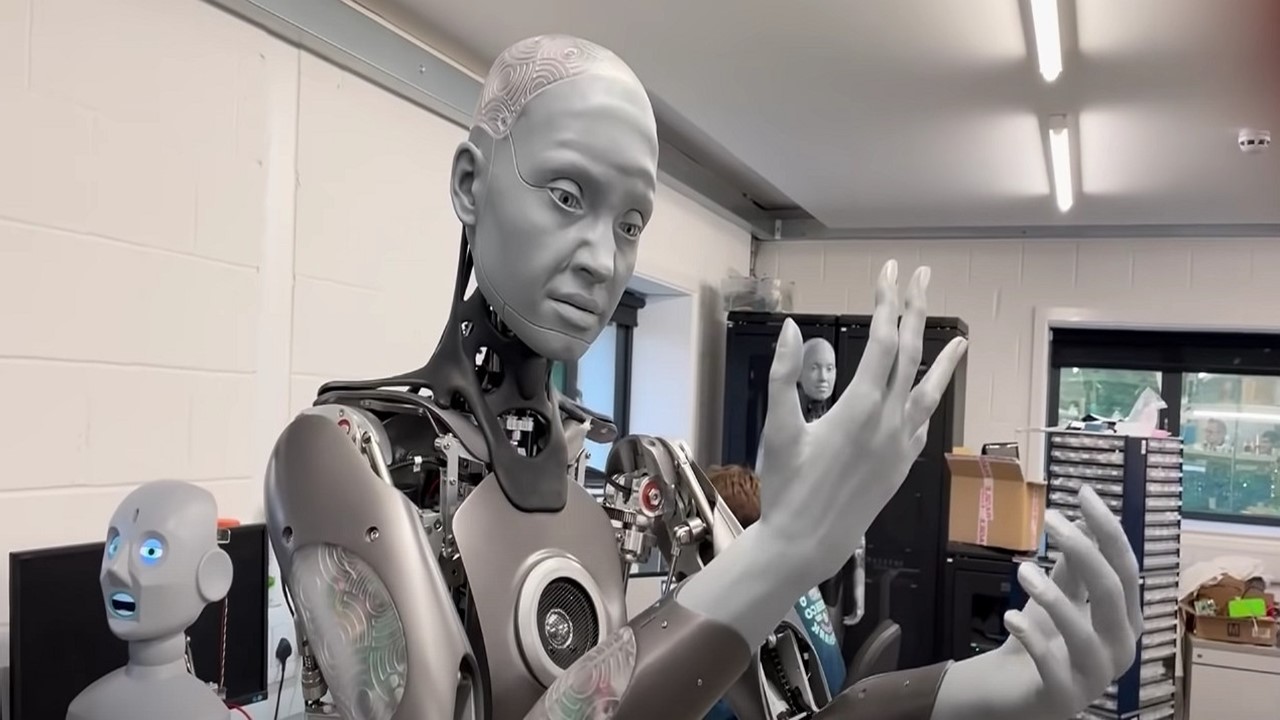Neuropathy, a condition characterized by damage to the nerves, affects millions of people worldwide. Diabetic neuropathy is one of the most common forms of neuropathy, affecting approximately 50% of people with diabetes. This condition can cause foot pain and balance issues, which can severely impact a person’s quality of life. However, engineering students at Rice University have developed a wearable device that could help diabetic patients manage their foot pain and balance issues.
Diabetic Neuropathy in Brief
Diabetic neuropathy is a condition affects the nerves in the feet and legs, resulting in symptoms such as numbness, tingling, burning, and even severe pain. Over time, neuropathy can cause loss of sensation, making it difficult for patients to detect injuries, ulcers, or other foot complications.
The pathophysiology of diabetic neuropathy is complex and involves multiple mechanisms. Firstly, chronic hyperglycemia or high blood sugar levels can cause damage to the small blood vessels that supply the nerves. This damage can lead to reduced blood flow to the nerves, causing them to malfunction or die. Secondly, high levels of glucose can also damage the nerves directly, leading to inflammation and oxidative stress. Lastly, diabetes can cause changes in the structure and function of the nerve fibers, leading to impaired transmission of signals between the nerves and the brain.
There are several factors that can increase the risk of developing diabetic neuropathy, including prolonged duration of diabetes, poor glycemic control, obesity, high blood pressure, and smoking. Managing these risk factors through lifestyle changes, such as diet and exercise, and medication can help reduce the risk of developing diabetic neuropathy.
The Innovation: Haptic Feedback Socks
Rice University engineering students have created a pair of socks that provide haptic feedback to the wearer. The socks are equipped with small motors that vibrate in response to changes in pressure on the foot. The vibrations provide tactile feedback to the wearer, helping them to maintain their balance and prevent falls. This is particularly important for diabetic patients, who may have reduced sensation in their feet and are therefore more prone to falls.
The Technology Behind
The socks are designed to be worn during everyday activities, such as walking or standing. They are made from a stretchy fabric that fits snugly around the foot, and are powered by a small battery that can be recharged using a USB cable. The motors are connected to sensors that detect changes in pressure on the foot. When the sensors detect a change, they send a signal to the motors, which vibrate in response. The vibrations are designed to be subtle and non-disruptive, so the wearer can continue with their activities while wearing the socks.
Importance of the Socks for Diabetic Patients
Diabetic neuropathy is a serious condition that can cause a range of symptoms, including foot pain, numbness, and tingling. In some cases, it can lead to amputation of the affected limb. The haptic feedback socks developed by the Rice University engineering students could help diabetic patients manage their symptoms and prevent falls. This is particularly important for older adults, who may be at increased risk of falls due to age-related changes in balance and mobility.
Future of Wearable Devices for Neuropathy Treatment
The haptic feedback socks developed by the Rice University engineering students are just one example of how wearable technology can be used to treat neuropathy. Researchers are also exploring other wearable devices, such as gloves and insoles, that could provide similar benefits for people with neuropathy. These devices could be used to improve mobility, reduce falls, and enhance overall quality of life for people with neuropathy.
Breakthroughs that Improve Quality of Life
The wearable socks designed by the students offer a promising solution for individuals suffering from diabetic neuropathy. The socks have the potential to reduce pain, improve balance, and prevent foot complications. As the socks are still in the development phase, further research is needed to evaluate their effectiveness and safety. However, this breakthrough could lead to the development of other wearable devices that can help individuals with chronic conditions lead better lives.
Press Release Source: Rice U. students engineer socks for on-the-go neuropathy treatment
Subscribe
to get our
LATEST NEWS
Related Posts

AI, Data & Technology
The Power of Unsupervised Learning in Healthcare
In healthcare’s dynamic landscape, the pursuit of deeper insights and precision interventions is paramount, where unsupervised learning emerges as a potent tool for revealing hidden data structures.

AI, Data & Technology
Unlocking Intelligence: A Journey through Machine Learning
ML stands as a cornerstone of technological advancement, permeating various facets of our daily lives.
Read More Articles
Synthetic Chemistry’s Potential in Deciphering Antimicrobial Peptides
The saga of antimicrobial peptides unfolds as a testament to scientific ingenuity and therapeutic resilience.











